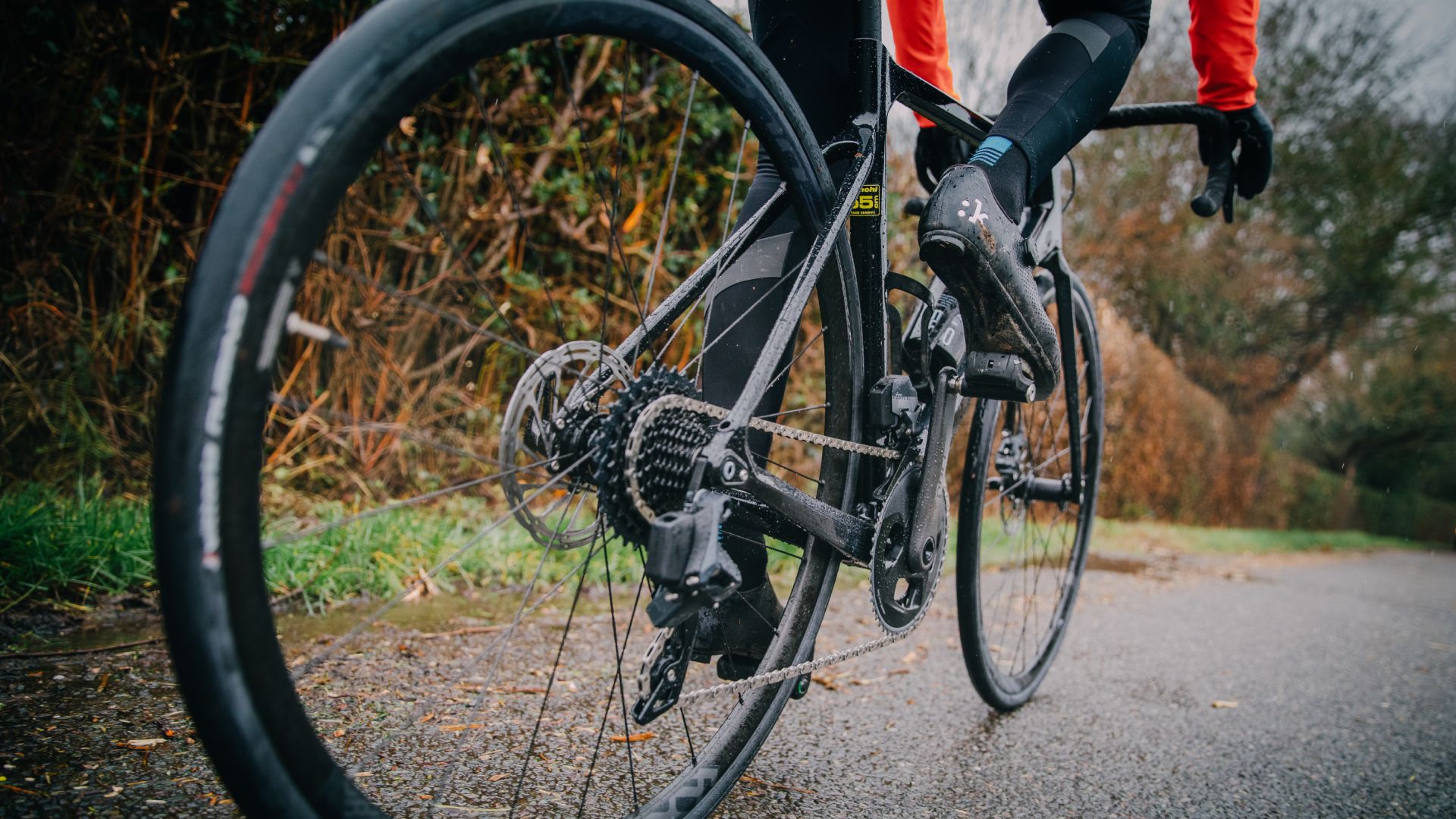Hi,
I'm looking for commuter ebike recommendations for a total newbie. In short, I have very little experience with bikes: I've never personally owned one and barely can ride well. Despite that, I find the idea of using a bike as a complete car substitute super appealing, and I'd love try out the lifestyle. I've tried to do some research, but with me having 0 context for the value of gear shifts or different suspensions in regular bikes, adding ebike variables like motor manufacturer to the mix only makes the search more overwhelming. And to be quite frank, I just don't care to an extent; I don't think I'll ever be super into bike tech and I simply want a solution that works. That statement will definitely be very frustrating to some enthusiasts, so I apologize; if it makes it better, treat this as analogous to shopping a new computer for your grandma.
I'll primarily be using the bike for 13 mile Seattle commutes (26 mile roundtrip) to work, so roads will mostly be paved but it is a bit hilly and there will be rainy weather. I'm decently fit (in my 20s) and have a build of 5' 10" weighting ~160 lbs. My main criteria concerns durability/longevity or ease of use, as I might use it daily for years and don't wanna deal with troubleshooting. But secondary is comfort or cargo carrying capability (would like a more upright bike). I'm fine with higher price tag, but I prefer spending less seeing as it is my first bike purchase and I likely wouldn't be able even to appreciate the features of fancier bikes (don't need a tracking feature lol). I'll have a garage to store the bike in, so folding and such features aren't important (also, I don't mind high step).
My primary current consideration is the Dost Kope, solely because it's listed as the "best value" under the commuter electric bike section on the review website. Although, another option I found on craigslist was a used Stromer ST3 for $4500 with 200 miles on it; I'd like to hear thoughts on whether that's a good value/fit. I'm also fine with purchasing an ebike online and having it shipped to me; trying out bikes at a local store seems a bit silly when I don't even know what to look/feel for.
Love to hear any thoughts and thanks for dealing with my inexperience.
I'm looking for commuter ebike recommendations for a total newbie. In short, I have very little experience with bikes: I've never personally owned one and barely can ride well. Despite that, I find the idea of using a bike as a complete car substitute super appealing, and I'd love try out the lifestyle. I've tried to do some research, but with me having 0 context for the value of gear shifts or different suspensions in regular bikes, adding ebike variables like motor manufacturer to the mix only makes the search more overwhelming. And to be quite frank, I just don't care to an extent; I don't think I'll ever be super into bike tech and I simply want a solution that works. That statement will definitely be very frustrating to some enthusiasts, so I apologize; if it makes it better, treat this as analogous to shopping a new computer for your grandma.
I'll primarily be using the bike for 13 mile Seattle commutes (26 mile roundtrip) to work, so roads will mostly be paved but it is a bit hilly and there will be rainy weather. I'm decently fit (in my 20s) and have a build of 5' 10" weighting ~160 lbs. My main criteria concerns durability/longevity or ease of use, as I might use it daily for years and don't wanna deal with troubleshooting. But secondary is comfort or cargo carrying capability (would like a more upright bike). I'm fine with higher price tag, but I prefer spending less seeing as it is my first bike purchase and I likely wouldn't be able even to appreciate the features of fancier bikes (don't need a tracking feature lol). I'll have a garage to store the bike in, so folding and such features aren't important (also, I don't mind high step).
My primary current consideration is the Dost Kope, solely because it's listed as the "best value" under the commuter electric bike section on the review website. Although, another option I found on craigslist was a used Stromer ST3 for $4500 with 200 miles on it; I'd like to hear thoughts on whether that's a good value/fit. I'm also fine with purchasing an ebike online and having it shipped to me; trying out bikes at a local store seems a bit silly when I don't even know what to look/feel for.
Love to hear any thoughts and thanks for dealing with my inexperience.


